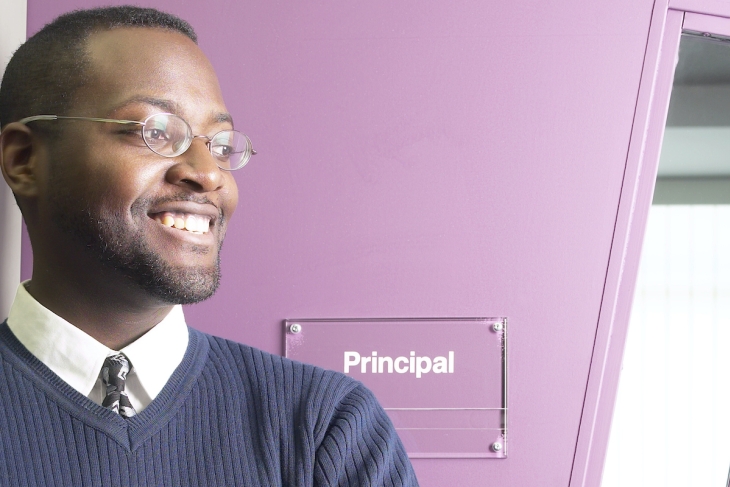Research and common sense suggest that teachers are the biggest school-based factor influencing student learning. A landmark study conducted in 2004 shows that principals matter hugely, too, concluding that “leadership is second only to classroom instruction among all school-related factors that contribute to what students learn at school.” But how has the principal workforce and role evolved since this seminal study was conducted nearly twenty years ago? And to what extent do principals affect student achievement and the schools they oversee today?
An extensive new report explores these questions and more, drawing on two decades of data. Specifically, it asks: How has principalship evolved over the past twenty years, in terms of the policy landscape and workforce composition? How much do principals contribute to student achievement and other school outcomes, such as absenteeism and teacher turnover? And finally, what are the principal characteristics, skills, and behaviors that best promote student learning?
In terms of the shifting policy context, researchers explain that changes in federal policies in recent decades, such as No Child Left Behind and the Every Student Succeeds Act, placed greater emphasis on school accountability, student achievement, and testing. This facilitated the collection of more and better student data. But as the researchers explain, it also “changed how they focused time and other resources on tested subjects and grade levels. Principals also experienced higher levels of job stress and a higher turnover rate.” The study also finds that at state and local levels in recent decades, principals have spent more time in classrooms and away from other managerial responsibilities. In particular, “the widespread implementation of educator evaluation systems based on multiple measures of performance has represented perhaps the largest shift in school principals’ roles.”
Next, researchers explore principal composition and find that, based on nationally representative data collected by the U.S. Department of Education, principals today are more likely to be female and racially diverse, but are less experienced than their predecessors, especially those working in high-need schools. They also have not kept pace with changes in student demographics in recent decades, leading to “growing racial and ethnic gaps between principals and the students they serve,” with Hispanic and Black students being the least likely to attend a school led by a principal of their same race or ethnicity.
As to the burning question of how principals impact students, researchers analyzed six studies with data for over 22,000 principals across four states (North Carolina, Pennsylvania, Tennessee, and Texas) and two districts (Chicago and Miami-Dade), and estimate that the impact of replacing a principal at the 25th percentile of effectiveness with a principal at the 75th percentile would “increase annual student learning in math and reading by almost three months.” As the researchers stress, this is almost as large as the effect of having a similarly effective teacher. They also contend that principals’ effects “are larger in scope because they are averaged over all students in a school, rather than a classroom.”
Based on their analysis of prior studies, researchers also find that principal effects extend beyond student achievement, positively impacting student attendance, suspension rates, and teacher satisfaction and retention. While not nationally representative, this analysis confirms what many of us working in the education world have long suspected: Principal quality matters, and it matters a good deal.
Finally, in terms of what drives principals’ contributions, they conclude that the most effective principals don’t just engage instructionally with teachers, they also foster a productive school climate, facilitate productive collaboration and professional learning communities, and manage personnel and resources strategically. Given the big focus on instructional leadership in recent years, this finding has big implications for leadership development and professional development programs.
As Will Miller, president of the Wallace Foundation that funded this report, underscores in the study’s foreword, “Principals do not create value directly. They deliver results indirectly, by enabling others to achieve more.... This [study] suggests that, rather than thinking in terms of either/or, we need a balance of investments in developing great principals and great teachers.”
Indeed, for parents, advocates, and policymakers seeking to accelerate student achievement, strengthening principal leadership, diversifying the principal workforce, and figuring out how to retain top principals is a great place to start. And as our nation continues to face myriad educational challenges posed by the ongoing Covid-19 pandemic, there’s never been a more pressing time to do so.
SOURCE: Jason A. Grissom, Anna J. Egalite, and Constance A. Lindsay, “How Principals Affect Students and Schools: A Systematic Synthesis of Two Decades of Research,” Wallace Foundation (February 2021).


